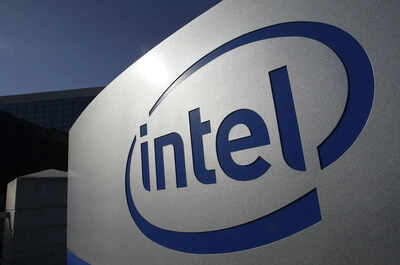ARTICLE AD BOX

Intel is back in profit. The chip giant snapped its losing streak of six straight quarterly losses and returned to profitability in the third quarter. The American chipmaker posted strong revenue, noting robust demand for chips that it expects to continue into 2026.
This is Intel's first earnings report since the Donlad Trump administration acquired a 10% stake in the company in August this year. Client computing revenue, which includes chips for PCs and laptops, grew 5% year over year, benefiting from PC market stabilization and artificial intelligence PC prospects. CEO Lip-Bu Tan said in a call with analysts that artificial intelligence “is a strong foundation for sustainable long-term growth as we execute.”
Tan added, “We significantly improved our cash position and liquidity in Q3, a key focus for me since becoming CEO in March.
”
US government's stake in Intel
President Donald Trump announced in August that the U.S. government would take a 10% stake in the Intel as part of his effort to bolster companies deemed vital to national security. With this, the US government is the company’s biggest shareholder. The investment seems to have worked well for the company's stock -- Intel stock is up more than 50% since Aug 22, when Commerce Secretary Howard Lutnick announced the deal.
On its part, Intel has agreed to make major investments in U.S. manufacturing facilities in exchange for the funds. Talking about its biggest shareholder, the US government, Intel CFO David Zinser told CNBC, “Like any shareholder, we have to keep in touch with them.” He added, “We don’t tell them how the numbers are going before the quarter. We generally talk to them like Fidelity,” another Intel shareholder.Intel also received $5 billion from rival Nvidia in September.
Earlier this year, it received $2 billion from Japanese technology giant SoftBank.Talking about company's older chipmaking processes Zinser said that they have continued to do well, “and that was probably the part that was more unexpected.” Intel CFO said the company met some of the central processing unit (CPU) demand with inventory on hand, but they will be behind in thefirst quarter, “probably Q2 and maybe in Q3.”The supply crunch has been with older Intel 10 and 7 manufacturing technologies. Many customers are reportedly opting for less advanced hardware to refresh their operating systems, demonstrating enterprises aren’t waiting for cutting-edge chips when proven technology gets the job done.

 11 hours ago
4
11 hours ago
4









 English (US) ·
English (US) ·